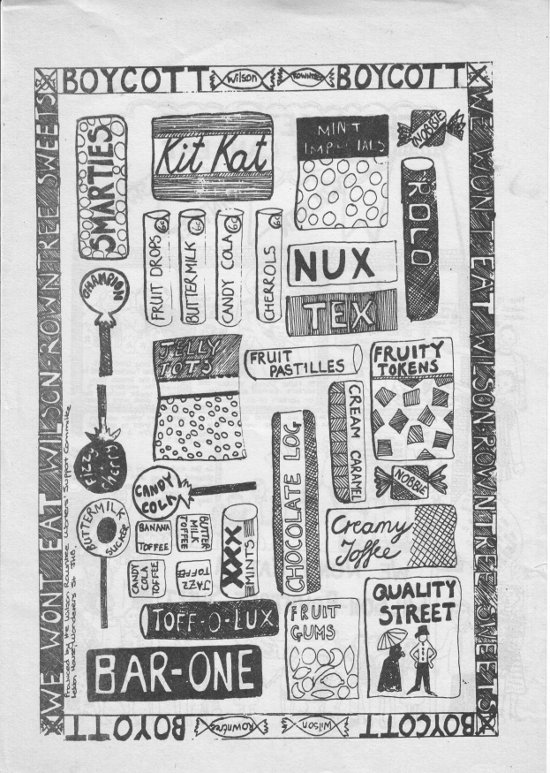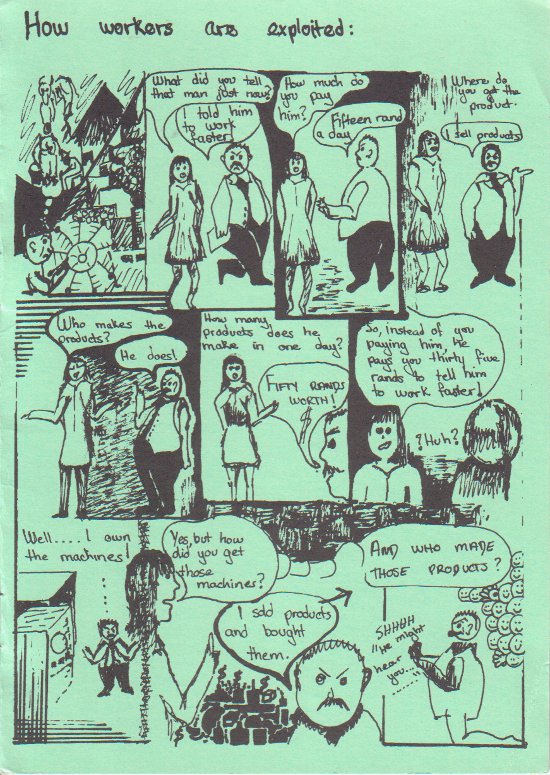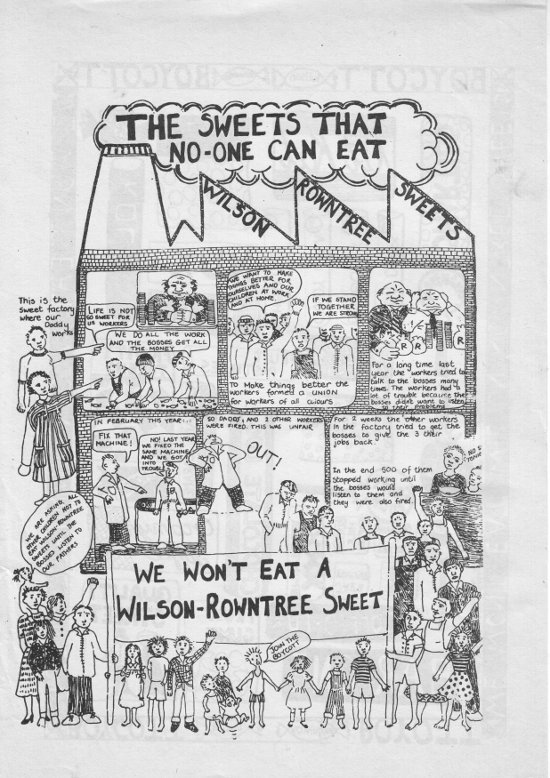
COSATU also believed that it had an important political role to play in the struggle against apartheid.
Increasingly, during the 1980s, COSATU began to link up with wider community struggles. These became increasingly more common during the 1980s.Thus, COSATU played a central role in calling for the two-day stay away on 5 and 6 May 1987 to protest against forthcoming whites-only parliamentary elections. On 16 June 1987, COSATU joined with other political organisations in calling for June 16 to be made a public holiday.
COSATU also joined in many of the rent and consumer boycotts that were organised in the townships, often by local civics. From 1984 onwards, there were continuing rent boycotts. By 1988 over 50 townships were affected by rent boycotts, which resulted in the government facing a debt of over R300 million.
During the 1980s, the trade union movement had also supported the many consumer boycotts that took place. There were a range of boycotts and solidarity strike actions such as the meat boycotts,Wilson-Rowntree, Fattis and Monis and Simba boycotts. Boycotts proved to be a powerful source resistance in areas where community organisation was strong. This worked both ways. When the unions called on the community to support boycotts relating to trade union resistance, the community came out in wide support.
Repression played an important role in determining the political role played by the trade union movement. In 1988 the government banned the UDF and other civic and youth organisations. However, the trade unions were not banned; their activities were strictly curtailed by the state. Although COSATU was warned to stick to trade union matters exclusively, the trade unions moved into this political vacuum that had been created. Many trade union officials moved into leadership position and COSATU acted as a coordinating body to mobilise protests and to organise a strong alliance of anti-apartheid forces. It was thus the trade union movement that kept the momentum of struggle going at this point.
Exhibitions in the classroom
Reading the past:
Look at both the poster and the text and notice which products were boycotted. Follow up on these products to see whether they are still operating in SA today. If you had to boycott a product today, whichwould you chose and for what reason?
Visualisng the past:
Examine the green poster in the middle of the panel. Do you think that it provides a good explanation about the exploitation of workers? Explain your answer.
Compare the two posters calling on people to boycott Wilson-Rowntree sweets. Which do you think is more effective? Explain your answer.











